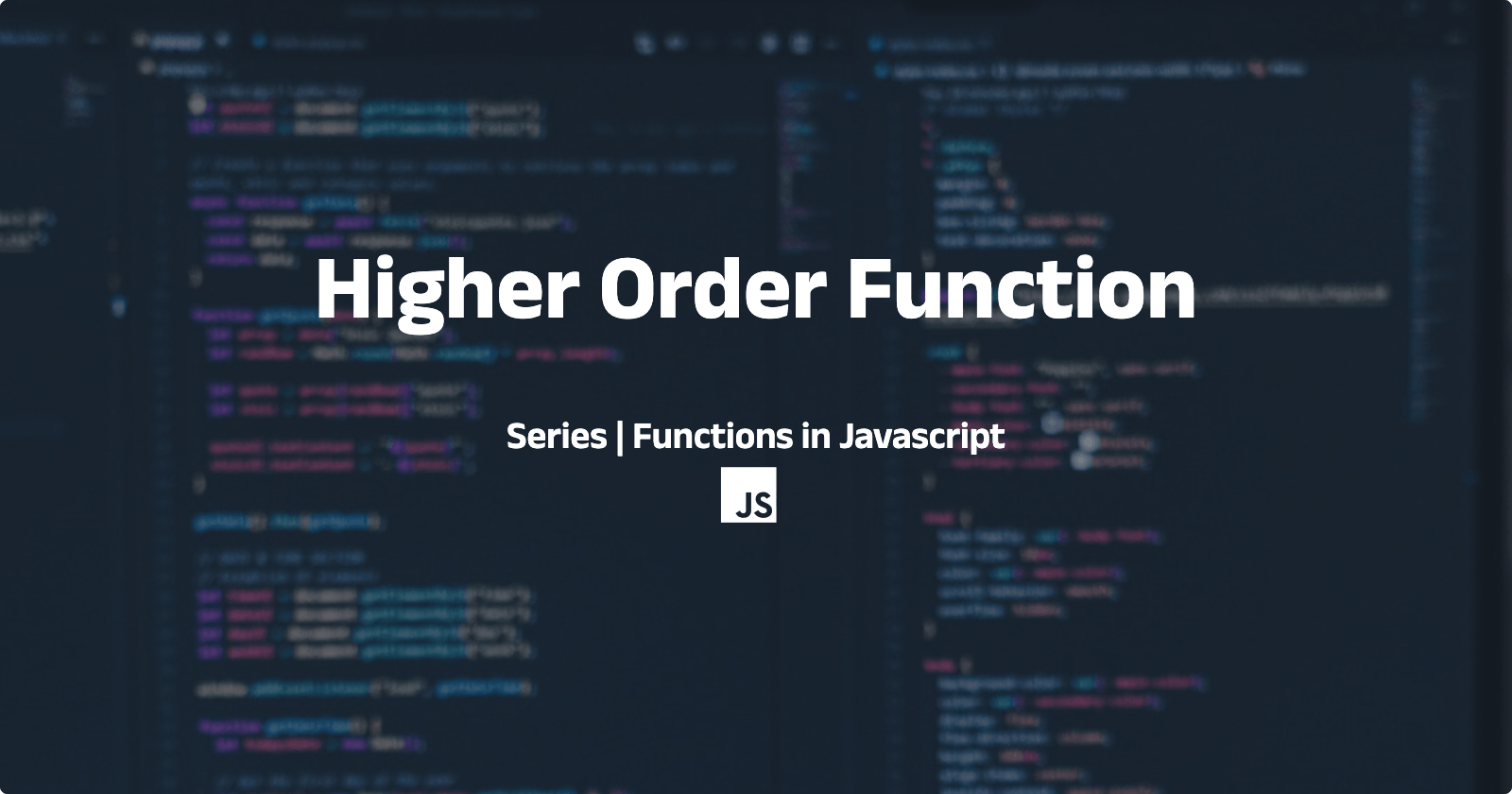In JavaScript, a higher-order function is a function that takes one or more functions as arguments and/or returns a function as its result. This means that higher-order functions can operate on functions themselves, treating them as values.
One example of a higher-order function is the setTimeout function, which is used to execute a function after a specified amount of time has elapsed. Here's an example:
function sayHi() {
console.log("Hi, Abdullah");
}
setTimeout(sayHI, 2000); // calls the sayHello function after 2 second
In this code, the setTimeout function takes the sayHello function as its first argument, and the number of milliseconds to wait as its second argument. This means that setTimeout is a higher-order function because it takes a function as an argument.
Another example of a higher-order function is the Array.prototype.filter function. This function takes a predicate function as an argument and returns a new array containing only the elements of the original array for which the predicate function returns true. Here's an example:
var numbers = [1, 2, 3, 4, 5, 6];
function isEven(num) {
return num % 2 === 0;
}
var evens = numbers.filter(isEven);
console.log(evens); // outputs [2, 4, 6]
In this code, the filter function takes the isEven function as its argument. The isEven function is a predicate function that returns true if its argument is even. The filter function applies the isEven function to each element in the numbers array and returns a new array containing only the elements for which the isEven function returned true. This means that filter is also a higher-order function because it takes a function as an argument.

